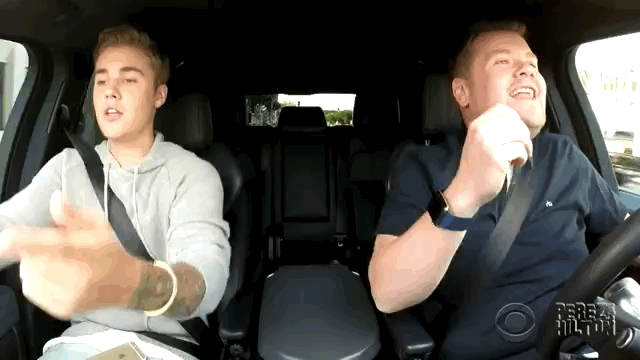
The Gadget of a Killer:
How One Glance At a Phone Claimed the Life of a Young Boy

The basis of my argument lies in this video
* watch it and learn from it!





Buckle up; time to go for a ride down the road of rhetoric!
Let's do this!
Introduction
Contrary to its intended purpose, the use of cell phones has shifted into a multimedia tool. Promoting aesthetic consumerism, the common person is unable to take a break from the alternate reality that phones have generated. Although cell phones have evolved so rapidly in the past decade, a prevalent issue that has been stemmed from its inception are distracted driving related accidents and deaths. Researchers from West Virginia University, Dr. Jeffrey Coben and Motao Zhu, published an essay in the Journal of The American Medical Association; declaring, “A more recent analysis concluded that increasing texting volumes was estimated to result in more than 16,000 additional motor vehicle–related fatalities from 2001 to 2007,” hence validating the pressing issue of distracted driving related incidents and deaths (Coben and Zhu 1). In an effort to combat this serious issue, various cell phone companies have made progress toward raising awareness about the issue. Promoting a new sense of self awareness toward distracted driving, AT&T, a popular cell phone company, launched a campaign in 2010 entitled It Can Wait in efforts of warning others about the dangers of texting while driving.


In expansion of It Can Wait, AT&T released a short film in 2015 entitled The Unseen to present an avoidable accident that claims the lives of many on a daily basis. The purpose was to demonstrate the dangers of distracted driving- both to drivers and passengers alike. Throughout the film, the importance of practicing safe driving habits, as well as the necessity of ending distracted driving is apparent. According to John McDermott, a columnist writer for DigiDay, which is an online trade magazine for media, he proclaims that, “AT&T has done everything from outreach sessions at schools and homepage takeovers to tweets from Ryan Seacrest and a Werner Herzog-helmed documentary about the dangers of texting while driving called “From One Second to the Next,” to elucidate how expansive and relevant the program is in present day society (McDermott 2). In order to accomplish this agenda, AT&T’s production, The Unseen, argues that texting and driving is ethically and morally unjust by establishing credibility, appealing to pathos, and incorporating strong messages.
Building upon the illustrative language of the narrative, the film commences with a father and his three daughters having fun listening to music in the car to engage the audience in a typical activity when his phone buzzes on repeat. Shifting gears from genuine happiness, the mood takes a detour toward a visibly stressed woman who is frantically texting her husband. In the moment of potential emergency, the father refuses to divert his attention from his surroundings and proceeds driving. At first, the audience is unaware of the circumstances; however it is later revealed that the family dog is missing. After the husband becomes aware of the disappearance of his dog, he drives away in a daze while his phone continues to buzz right before him. Tempted by the constant buzzing, the father decides to check his phone and kills a young boy.



